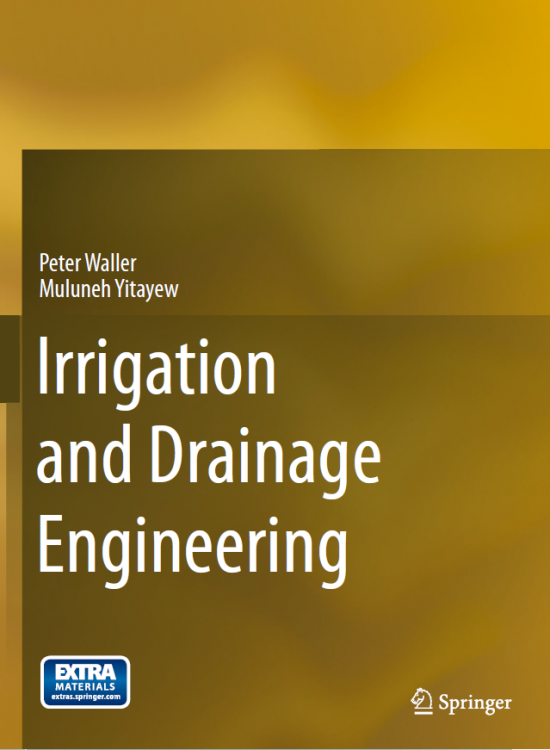Kami menggunakan cookies untuk membuat pengalaman Anda lebih baik. Untuk mematuhi petunjuk e-Pribadi yang baru, kami perlu meminta persetujuan Anda untuk menyetel cookies. Pelajari lebih lanjut .
Irrigation and Drainage Engineering
Irrigation engineering is the analysis and design of systems that optimally supply the right amount of water to the soil at the right time to meet the needs of the plant system. The enterprise may be growing plants for food, landscape irrigation, or other purposes. Subsurface drainage engineering is the analysis and design of systems that remove water or salts from the soil in order to maintain as close to an optimal plant growth environment as possible.
Irrigation engineering is the analysis and design of systems that optimally supply the right amount of water to the soil at the right time to meet the needs of the plant system. The enterprise may be growing plants for food, landscape irrigation, or other purposes. Subsurface drainage engineering is the analysis and design of systems that remove water or salts from the soil in order to maintain as close to an optimal plant growth environment as possible.
System design and selection involves three steps. The first step is to characterize crop water requirements, hydrology, and soil characteristics. The second step is the hydraulic design of potential alternatives. The third step is an economic and environmental analysis. To adequately evaluate alternatives, it is important to look at all relevant inputs to the system (water, energy, labor) and at the effect of the system on the environment. Two consistent themes in this book are engineering economic analysis and assessment of environmental impact. Engineering economic analysis sums capital and annual costs in order to calculate the total present value cost of the system. Environmental assessment includes the estimation of such effects as chemical leaching, chemical runoff, soil erosion, and water resource depletion.
Design of irrigation and subsurface drainage systems involves the application of engineering, biology, and soil science in both synthesis and analysis methods of problem solving to assemble components that will fit together for a specific location and crop production system. Thus, aside from the knowledge of hydraulics and other engineering concepts, irrigation and drainage engineering require an understanding of the soil and water environment, soilwater-plant relationships, and hydrology. The feasibility ofirrigation and subsurface drainage systems must also be examined from the social point of view. This is particularly true in developing countries where irrigation and drainage projects are undertaken to change the livelihood of the local communities and the region at large.

